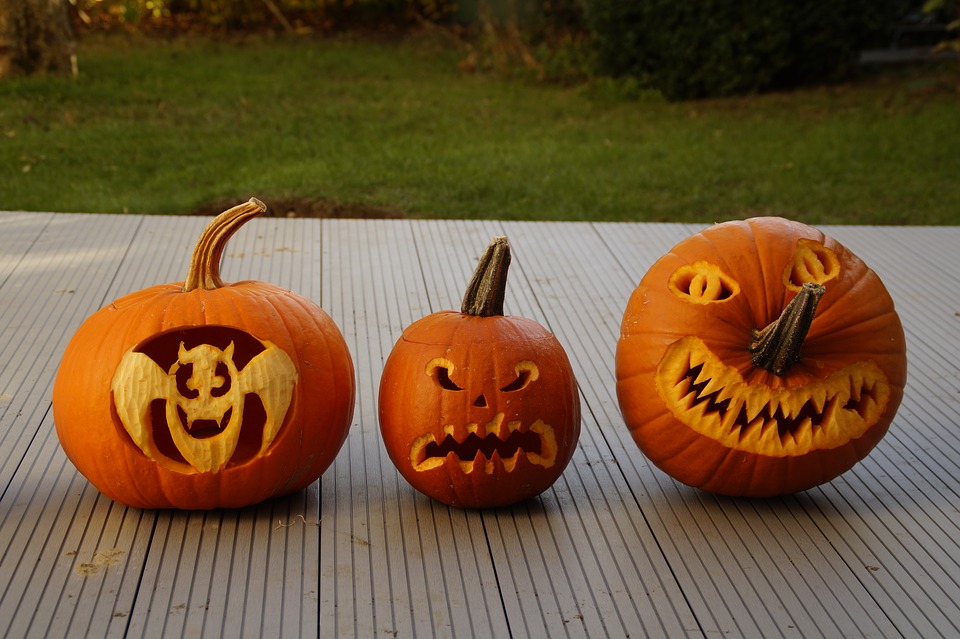Halloween is enjoyed by people of all ages, but few get a bigger kick out of the holiday than children. There are costumes to be worn, time spent with friends and the opportunity to collect free candy and other treats.
Although Halloween can be a fun time, the Children’s Safety Network warns that it’s also a time when accidents can happen. According to the CSN, the most dangerous day for child pedestrians is Halloween, with two times as many child pedestrians dying on Halloween compared to other days. It is essential to prioritize safety on Halloween, and following these guidelines can help.
Make Sure Costumes are Short
Costumes that drag on the floor are tripping hazards, which can lead to injury. Be sure that costumes do not cover the feet or drag on the ground.
Trick-or-Treat in Groups
Children are safer in numbers due to the increased visibility of a crowd and because, if something happens, others can call for help. Parents can use their discretion on what age they feel is mature enough to let children go out alone. Until then, children should be accompanied by adults.
Improve Visibility
It’s important to be seen while trick-or-treating, and that can be achieved by making sure costumes and trick-or-treat bags feature reflective tape. Trick-or-treaters also can carry flashlights or glow sticks to improve visibility, and stick to areas with streetlights if going out after dark.
Stay on Sidewalks
Whenever possible, trick-or-treaters should stick to the sidewalks and avoid walking on the roads. This may not always be possible in neighborhoods without sidewalks, where parents and youngsters must be especially careful.
Eat Before Trick-or-Treating
A meal or snack before trick-or-treating can reduce the tendency to fill up on candy while out and about. All candy and other treats should be inspected by an adult before it is eaten.
Keep Pets Locked Away
Animals can become skittish when there are many people loitering outside of homes or ringing doorbells. Keep pets in a quiet room away from the action to prevent them from getting loose, injured or scared enough to bite or scratch someone.
Avoid Masks That Obstruct Vision
It can be hard to see peripherally with a mask on, so avoid costumes with masks that compromise vision.
Test Out Makeup Beforehand
All makeup used for costumes should be tested for allergic reactions prior to use. Heed the warnings on packaging and avoid putting makeup too close to the eyes or lips.
These are some safety strategies designed to keep Halloween fun and incident-free this year.

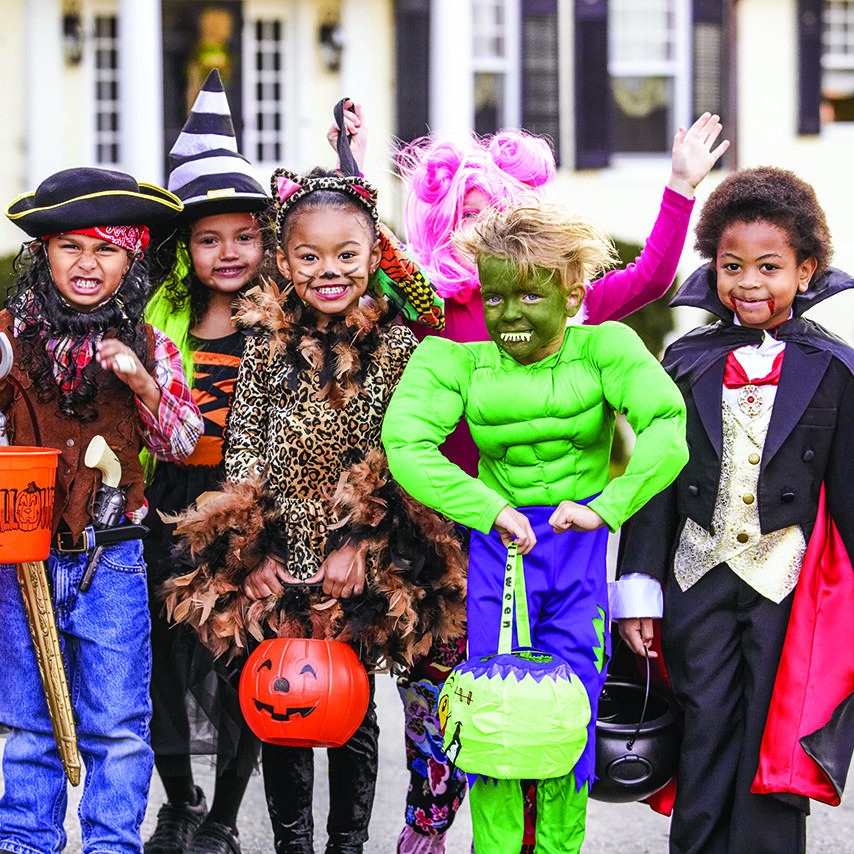
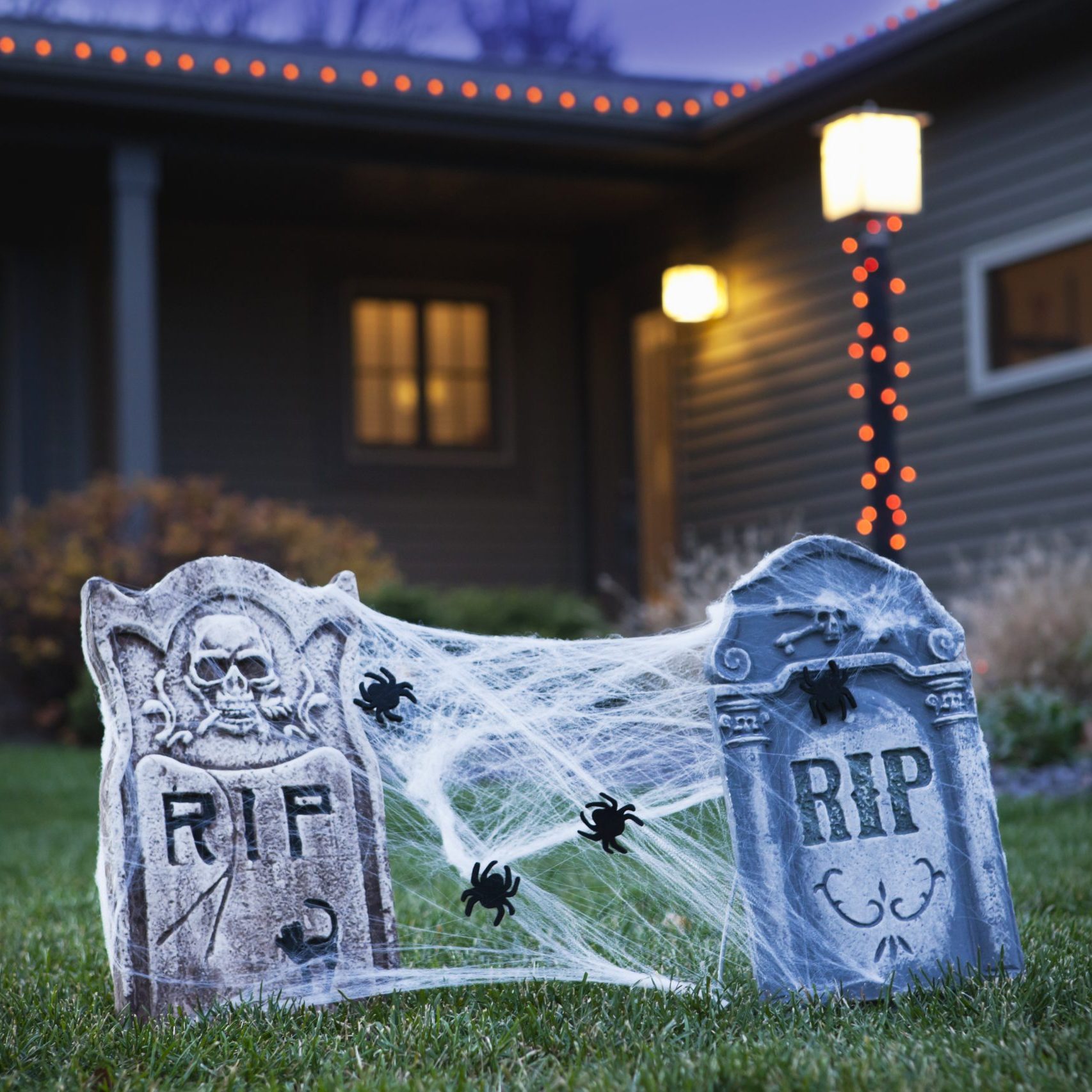
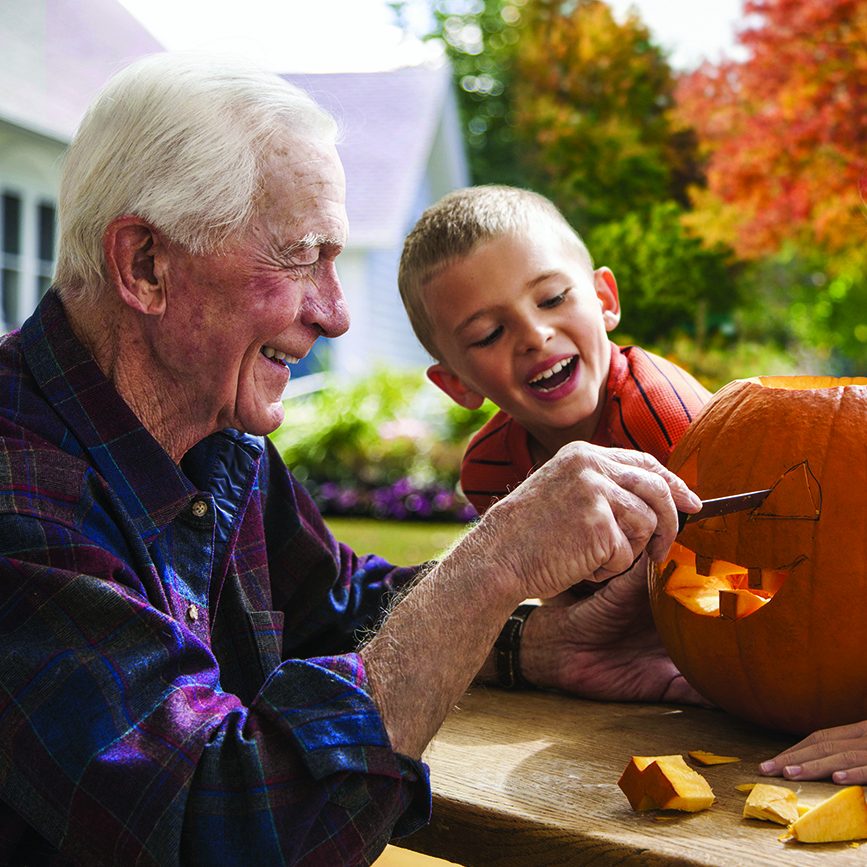

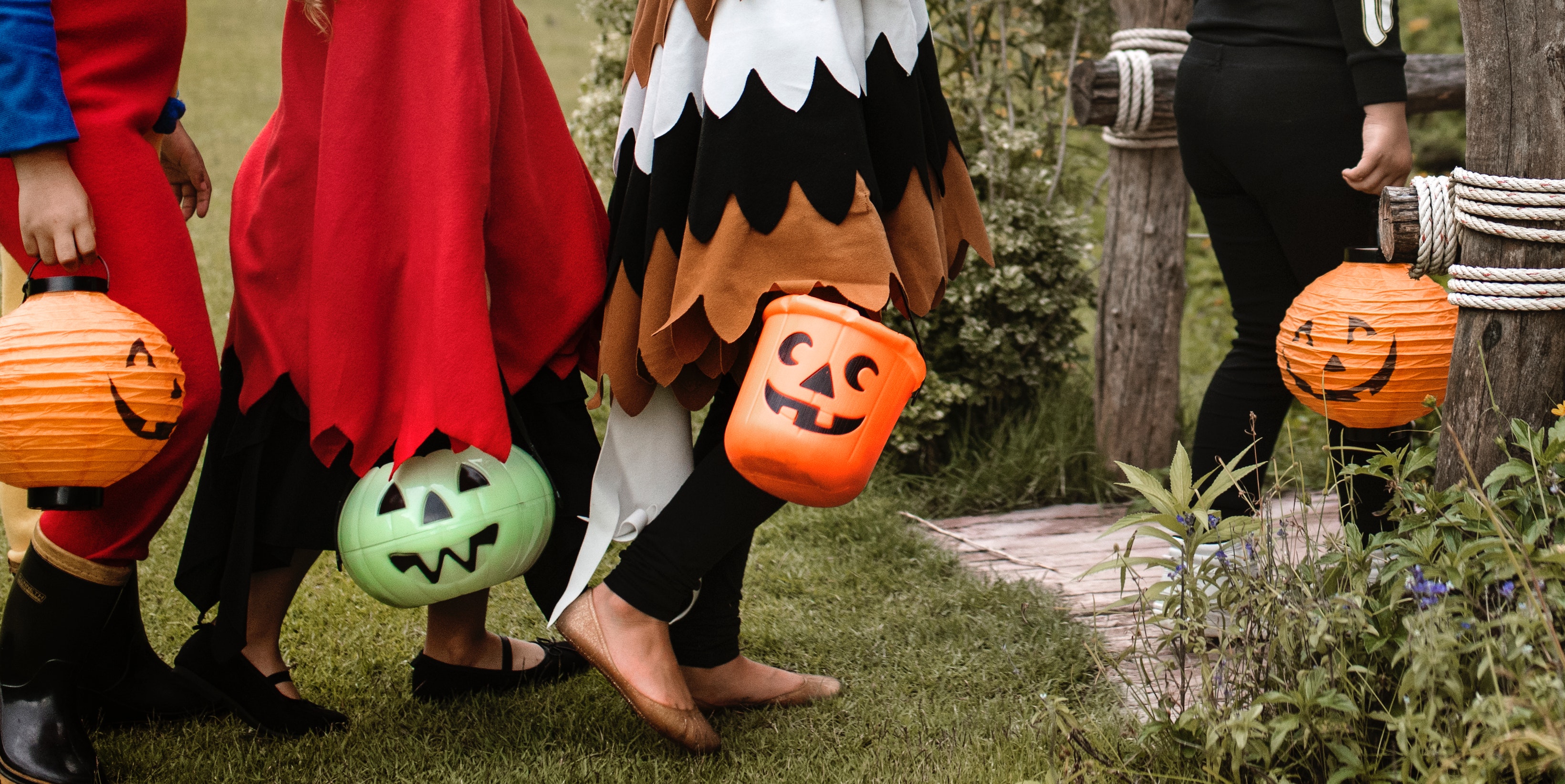
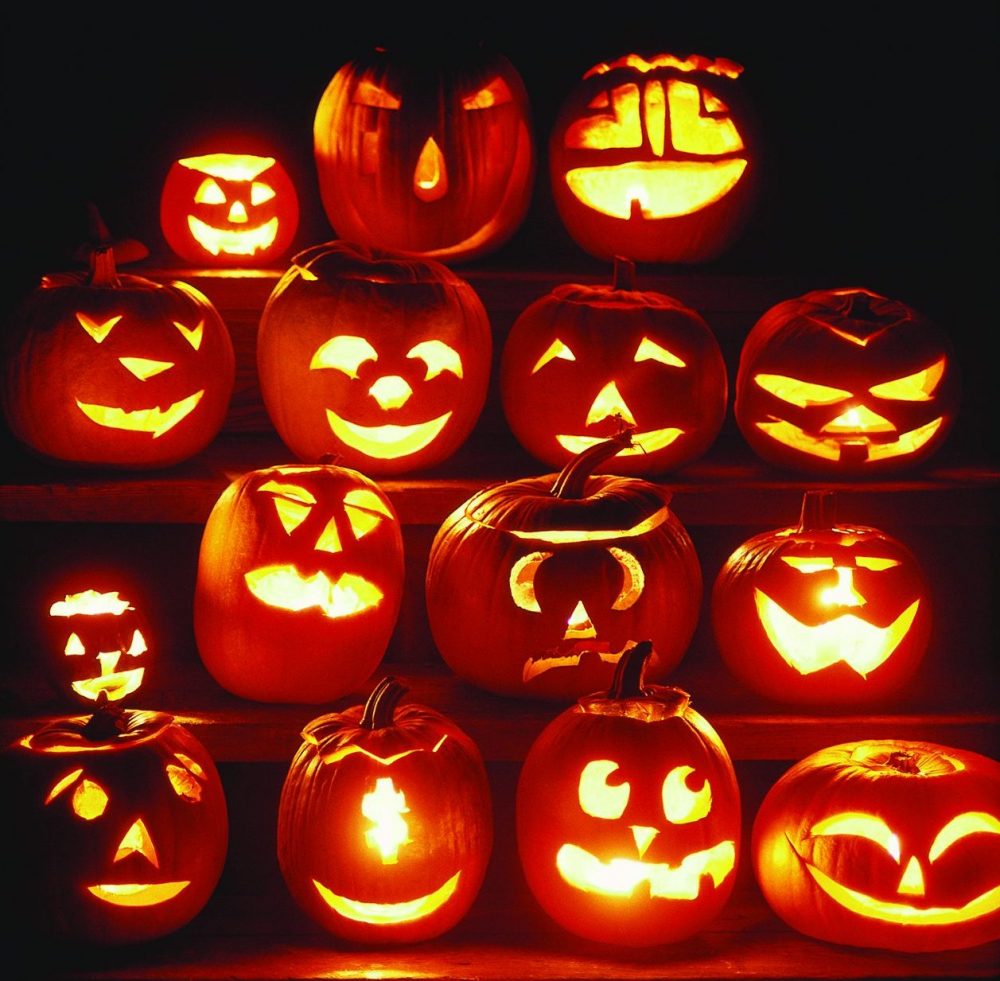

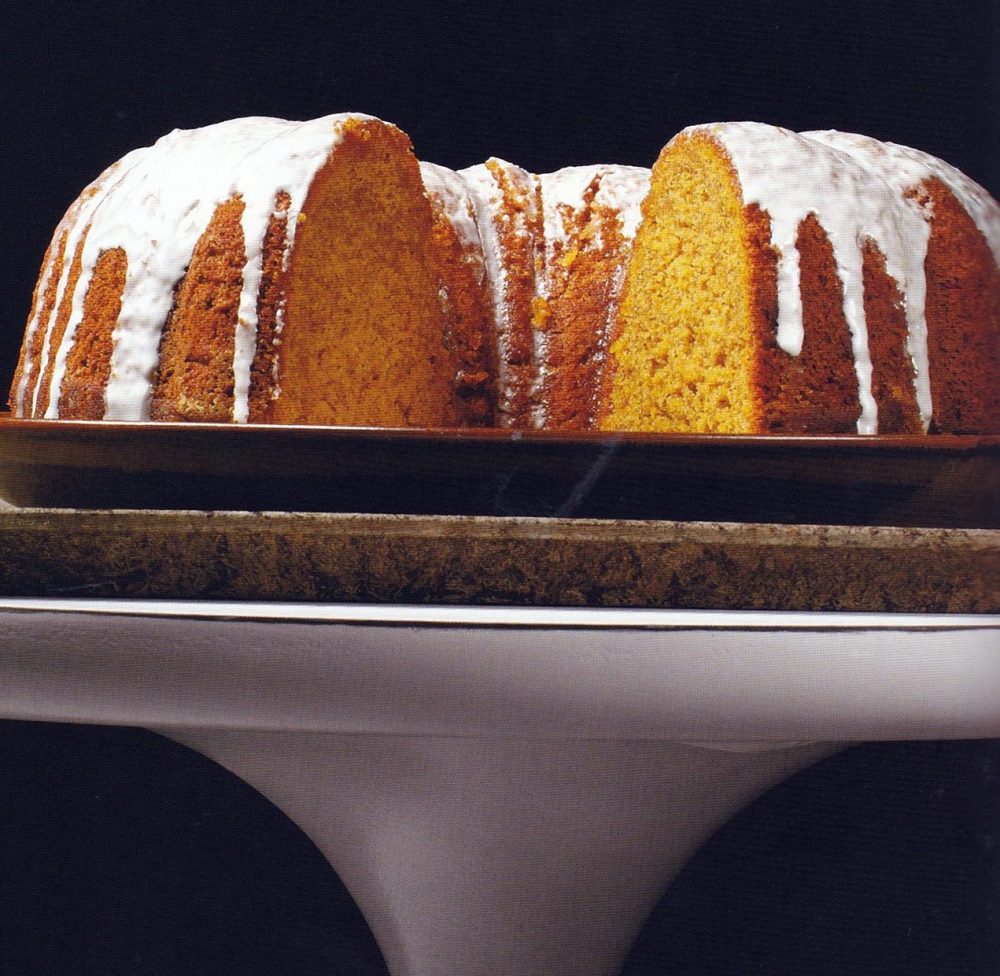
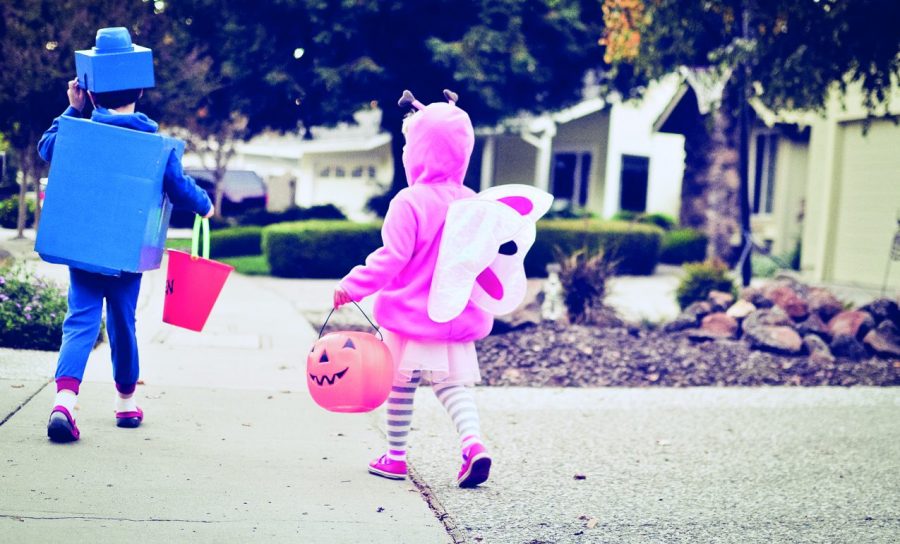
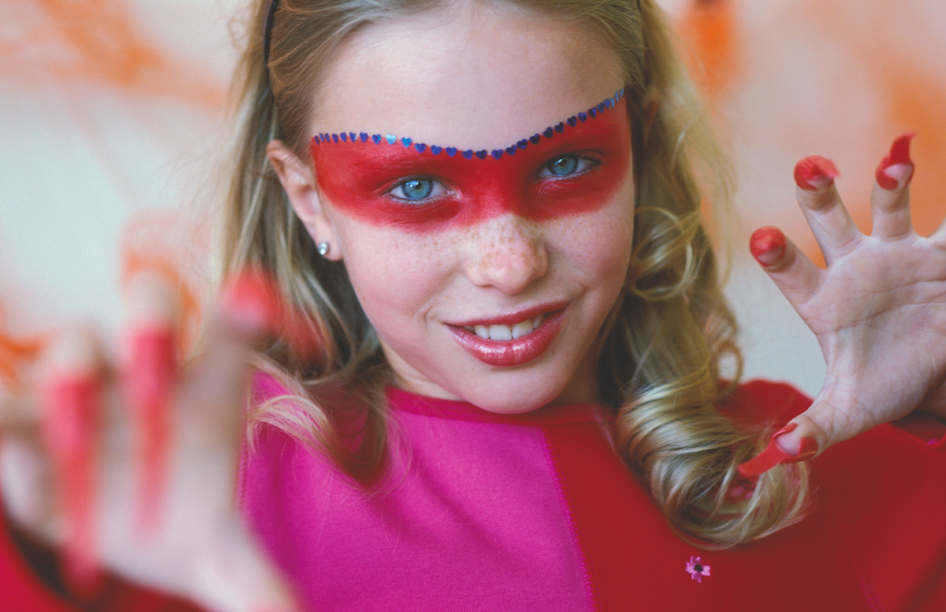
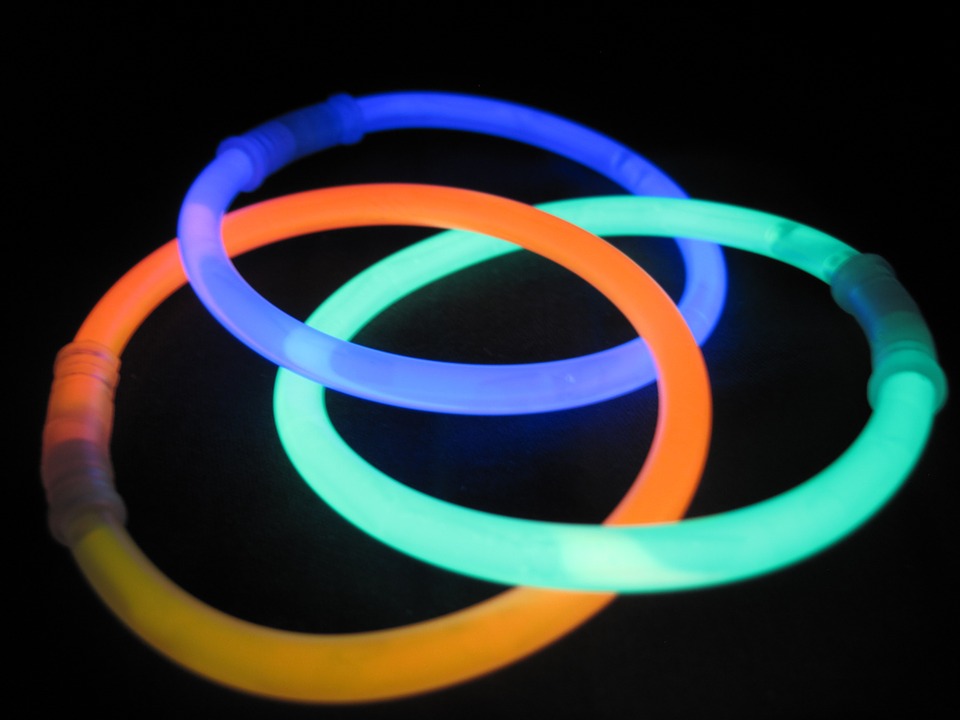 · Use reflective tape or LED lights. Dark costumes coupled with twilight can make it difficult for motorists to see trick-or-treating youngsters. Parents can improve the chances of their kids being seen by motorists by adhering reflective tape onto kids’ costumes. Glow sticks and wearable LED lights also can illuminate trick-or-treaters.
· Use reflective tape or LED lights. Dark costumes coupled with twilight can make it difficult for motorists to see trick-or-treating youngsters. Parents can improve the chances of their kids being seen by motorists by adhering reflective tape onto kids’ costumes. Glow sticks and wearable LED lights also can illuminate trick-or-treaters.
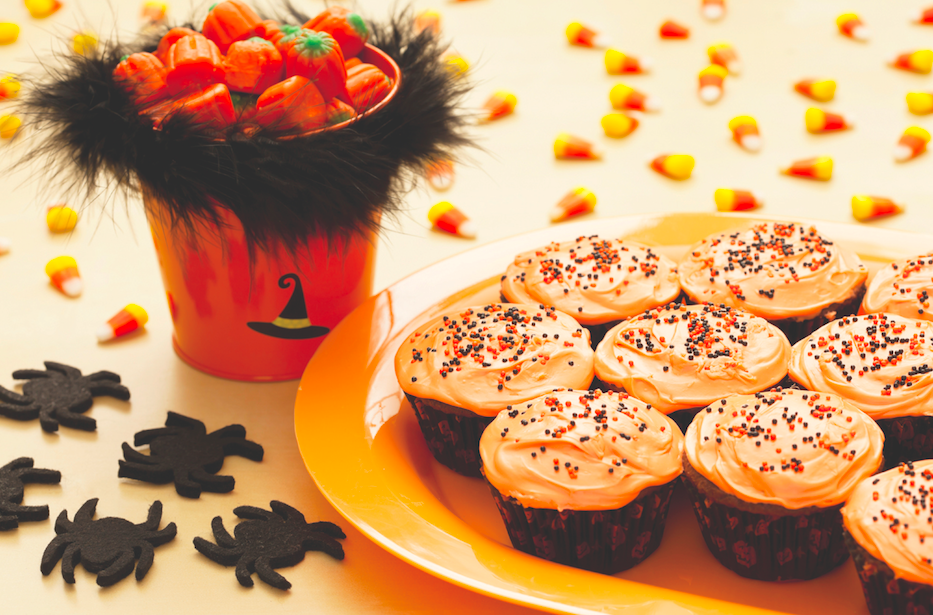
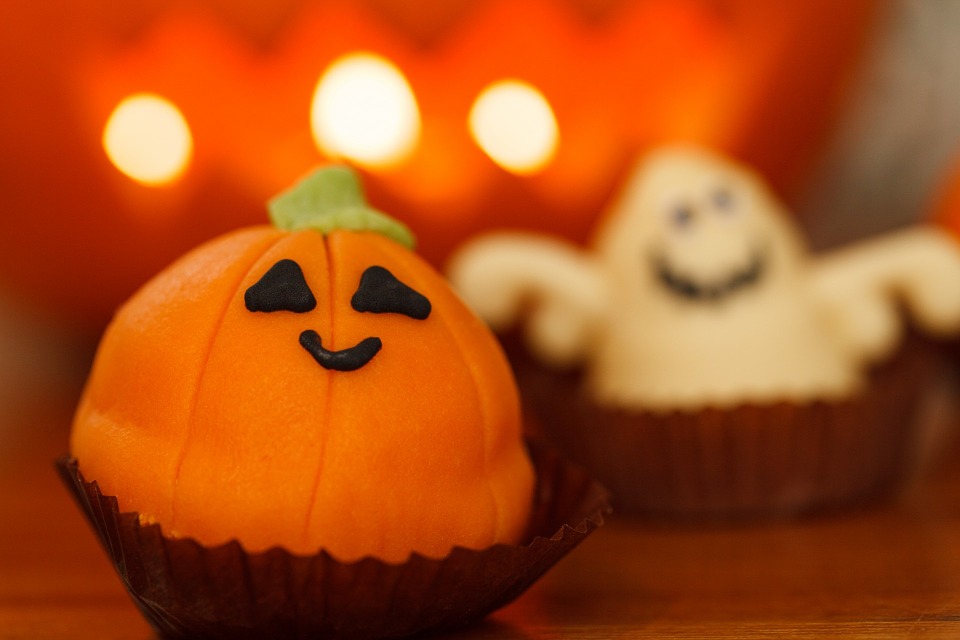 Food is an integral part of any party and can enhance Halloween soirées. Candy is a pivotal component of Halloween and you can play off that theme at your party. Set up a candy bar full of appropriately hued candies of all shapes and sizes. Put them on display in clear glass or plastic canisters so they add to your Halloween décor.
Food is an integral part of any party and can enhance Halloween soirées. Candy is a pivotal component of Halloween and you can play off that theme at your party. Set up a candy bar full of appropriately hued candies of all shapes and sizes. Put them on display in clear glass or plastic canisters so they add to your Halloween décor.
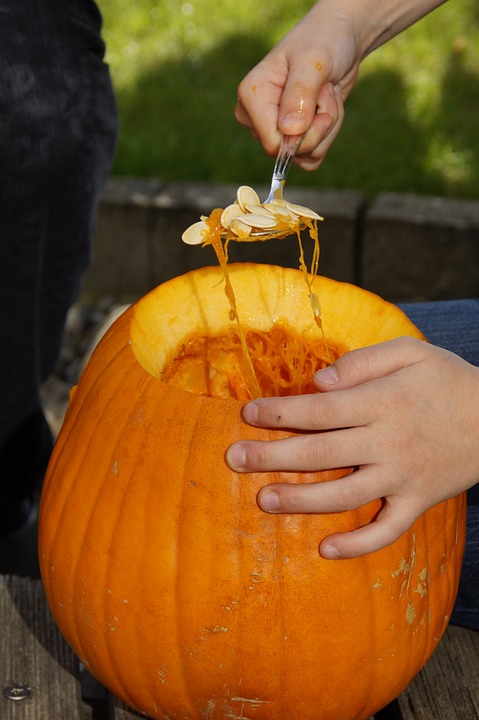 · Begin with a fresh pumpkin. Look for a pumpkin with a green stem. If the pumpkin has been sitting around for too long or has been handled too much, the stem can get brittle and/or fall off. A thick, fresh pumpkin is best for carving.
· Begin with a fresh pumpkin. Look for a pumpkin with a green stem. If the pumpkin has been sitting around for too long or has been handled too much, the stem can get brittle and/or fall off. A thick, fresh pumpkin is best for carving.